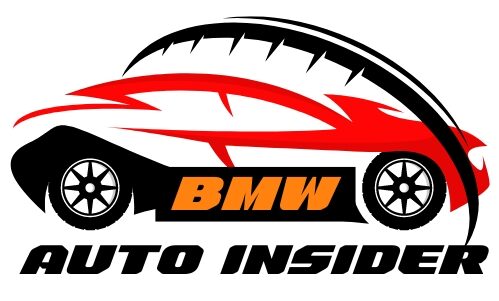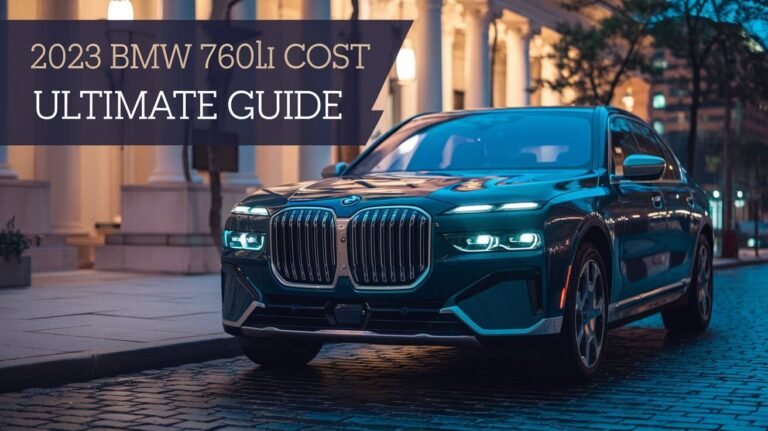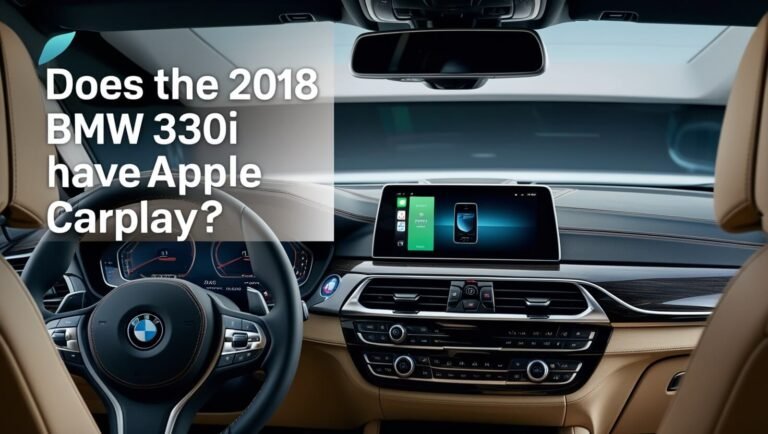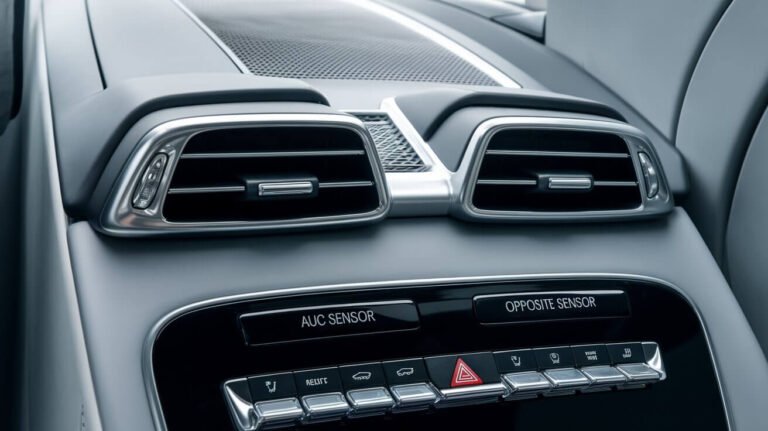
The short answer: BMW stands for Bayerische Motoren Werke, which translates to “Bavarian Motor Works” in English.
However, the story behind this renowned acronym is far more captivating than its literal meaning. In this comprehensive guide, we’ll explore the rich history, symbolism, and significance that make BMW one of the most iconic automotive brands in the world.
The Meaning Behind the BMW Name
BMW’s name is a direct reflection of its Bavarian roots and origins as an engine manufacturer. Let’s break it down:
- Bayerische means “Bavarian” in German, referring to the German state of Bavaria where the company was founded.
- Motoren translates to “engines” or “motors.”
- Werke means “works” or “plant,” indicating a manufacturing facility.
So, when combined, Bayerische Motoren Werke accurately depicts BMW’s beginnings as a Bavarian engine manufacturing plant. But the story behind this iconic name is far more fascinating than its literal translation.
Tracing BMW’s Origins: From Aircraft Engines to Automobiles
BMW’s journey begins in 1913 with the establishment of Rapp Motorenwerke, a company founded by Karl Rapp in Munich, Bavaria. Initially, Rapp Motorenwerke focused on producing aircraft engines for the German military during World War I.
In 1917, the company underwent a pivotal transformation, adopting the name Bayerische Motoren Werke GmbH (BMW). This rebranding not only reflected the company’s Bavarian roots but also marked a shift towards diversifying its engine production beyond aviation.
After the war, Germany was banned from manufacturing aircraft engines under the Treaty of Versailles. Undeterred, BMW pivoted its focus to producing engines for various applications, including automobiles, motorcycles, and industrial machinery.
It wasn’t until 1928 that BMW unveiled its first production automobile, the BMW Dixi. This milestone marked the brand’s official entry into the automotive industry, setting the stage for its future as a renowned manufacturer of luxury and high-performance vehicles.
The Iconic BMW Logo: A Symbol of Bavarian Pride
No discussion of BMW’s identity would be complete without exploring the iconic blue and white logo. This emblem, known as the “roundel,” has become a globally recognized symbol of the brand’s heritage and excellence.
The logo’s design is a nod to the Bavarian flag, featuring the distinctive blue and white colors arranged in a quatrefoil pattern. While the official explanation from BMW suggests the colors represent the Bavarian state, some enthusiasts believe the spinning propeller-like design is a subtle reference to the company’s aeronautical origins.
Regardless of the interpretation, the BMW logo has remained a constant throughout the brand’s evolution, serving as a powerful visual representation of its Bavarian roots and unwavering commitment to quality.
The “Ultimate Driving Machine” and BMW’s Global Dominance
In 1959, BMW introduced the iconic 700 series, a compact and innovative line of vehicles that helped propel the brand’s popularity across Europe and beyond. This success paved the way for BMW’s expansion into the United States market, where it would solidify its reputation as a purveyor of luxury and performance.
It was in 1974 that BMW’s famous “The Ultimate Driving Machine” slogan was born, cementing the brand’s identity as a manufacturer of vehicles that prioritized driving dynamics and thrill. This slogan, developed by Bob Lutz, a former executive vice president of global sales and marketing, struck a chord with American consumers and has endured as a cornerstone of BMW’s brand positioning.
Today, BMW AG is a global powerhouse, operating manufacturing facilities across Germany, Austria, Great Britain, China, and even in the United States. The company’s Spartanburg plant in South Carolina is a testament to BMW’s commitment to both the American market and its global production network.
The Future of BMW
As the automotive industry evolves, BMW remains at the forefront of innovation and technological advancement. The brand has embraced electrification, with a growing lineup of electric and hybrid vehicles that combine its signature driving dynamics with a commitment to sustainability.
From developing cutting-edge autonomous driving technologies to exploring alternative propulsion systems, BMW’s future plans are rooted in its unwavering pursuit of engineering excellence and environmental responsibility.
Whether you’re a lifelong BMW enthusiast or a newcomer to the brand, understanding the meaning and history behind the iconic “Bayerische Motoren Werke” is essential to appreciating the depth and significance of this automotive powerhouse.
The Bottom Lines
In conclusion, the acronym BMW stands for far more than just “Bavarian Motor Works.” It represents a rich legacy of innovation, precision engineering, and an uncompromising pursuit of driving pleasure. From its humble beginnings as an aircraft engine manufacturer to its current status as a global leader in luxury and performance vehicles, BMW’s journey is a testament to the power of perseverance, adaptability, and a relentless commitment to excellence.
The next time you encounter the iconic blue and white roundel or hear the phrase “The Ultimate Driving Machine,” remember the captivating story behind this brand – a story that spans over a century and continues to inspire a passionate following of driving enthusiasts worldwide.






